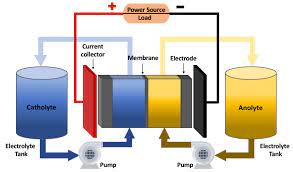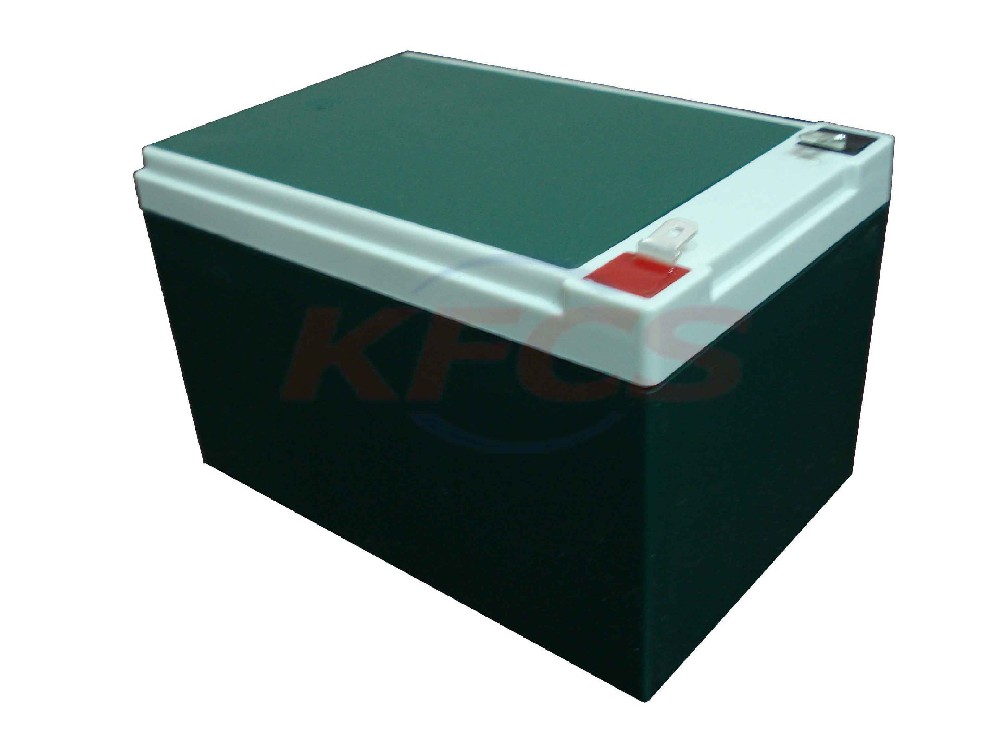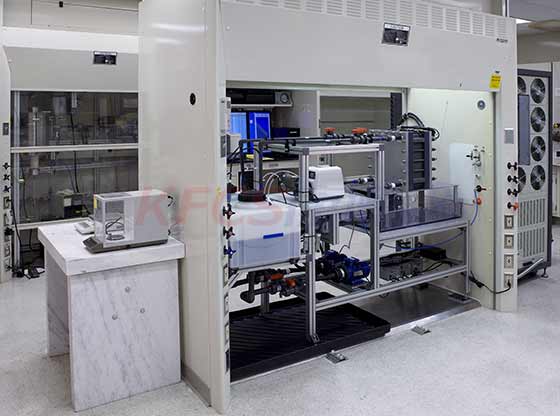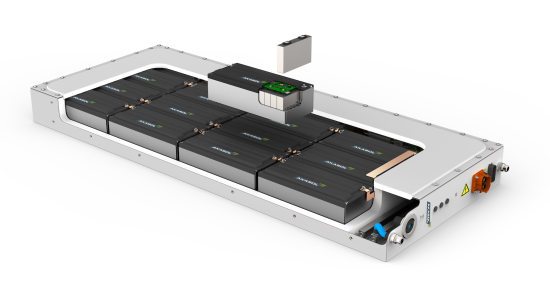Features of Vanadium Batteries
2022-01-11
Vanadium battery is a new type of energy storage battery. Compared with traditional batteries such as lead-acid battery, nickel-cadmium battery, sodium-sulfur battery, zinc-bromine battery, etc., it has the following advantages:
(1) Its capacity can be adjusted according to actual needs, so it is suitable for large-capacity storage. Vanadium batteries have relatively independent rated power and rated energy. The battery stack determines the power, and the capacity depends on the amount of active substances in the electrolyte. For vanadium batteries with the same output power, the capacity can be adjusted arbitrarily according to actual needs.
(2) The energy stored in the electrolyte can be stored for a long time. Because vanadium batteries have low self-discharge and the battery reactor can be separated from the electrolyte, the energy stored in the electrolyte can be stored for a long time without being consumed by self-discharge.
(3) High energy cycle efficiency. The charge and discharge energy conversion efficiency of vanadium batteries is high, and the conversion efficiency exceeds 75%, far exceeding 45% of lead-acid batteries. The electrolyte does not consume energy during the charging and discharging process, and does not affect the capacity of the battery during repeated charging and discharging, and has a long service life.
(4) The response speed is fast, and it can be started in an instant. During operation, the switching time of the charging and discharging states is only 0.02s, and the response speed is lm/s.
(5) High reliability. In the flow-type vanadium battery, the electrolyte with fluidity can eliminate the concentration polarization and ensure that the state of each single cell is basically the same.
(6) It can be recycled for a long time. The theoretical charge-discharge time ratio of vanadium batteries is about 1:1 (actually 1.5 to 1.7:1), which supports frequent charge and discharge of large currents, and in the state of charge and discharge, the positive and negative active materials are vanadium ions of different valence states. There is no phase change, so the deep charge and discharge have little effect on the battery life. Therefore, the theoretical life of the electrolyte is infinite.
(7) Cross-contamination of electrolyte can be avoided. The positive and negative electrolytes are vanadium ion solutions of different valence states, without other metal ions, which can avoid cross-contamination and improve battery life and efficiency.
(8) Easy to operate and low cost. The active material of the vanadium battery is vanadium ions of different valence states, and the battery reactions are all carried out in a liquid phase system without phase change, so the electrolyte of the vanadium battery can be reused to save costs. Replacing or increasing the electrolyte can prolong the life of the vanadium battery, and changing the electrolyte can realize instant recharging, which is similar to refueling a car, and is easy to operate.
(9) The device is simple, easy to maintain, and the maintenance workload is small.
(10) The charging and discharging of vanadium batteries can be carried out at the same time, and the charging and discharging methods can be adjusted according to different needs. There can be one or more electrical inputs at the same time, and multiple voltages can be output.
(11) High safety performance, there is no potential danger of fire, explosion, etc. Even if the positive and negative electrolytes are mixed, the temperature of the electrolyte will only increase slightly, and there will be no danger.
(12) The materials are easily available and the storage capacity is large. In addition to the separator, vanadium battery materials are cheap and easy to obtain, do not require precious metals to act as electrode catalysts, and have low cost.
(13) Environmentally friendly. The vanadium battery has no CO2 and other gases released during the charging and discharging process, and does not pollute the environment. It is a new type of environmentally friendly battery.
About News
- What are the advantages of all vanadium redox flow battery energy storage technology?
- What are the advantages of all-vanadium redox flow battery energy storage technology?
- 2.5kW vanadium battery
- How Vanadium redox flow battery Work?
- The history of vanadium battery
- How to improve the activity of Vanadium Redox Battery electrode?
- Vanadium could be the next strategic resource
- Lithium battery recycling process and its application
- Advantages of vanadium flow battery compared with other chemical power sources
- South African grid operator Eskom plans to deploy 199MW/832MWh battery energy storage project
Products








